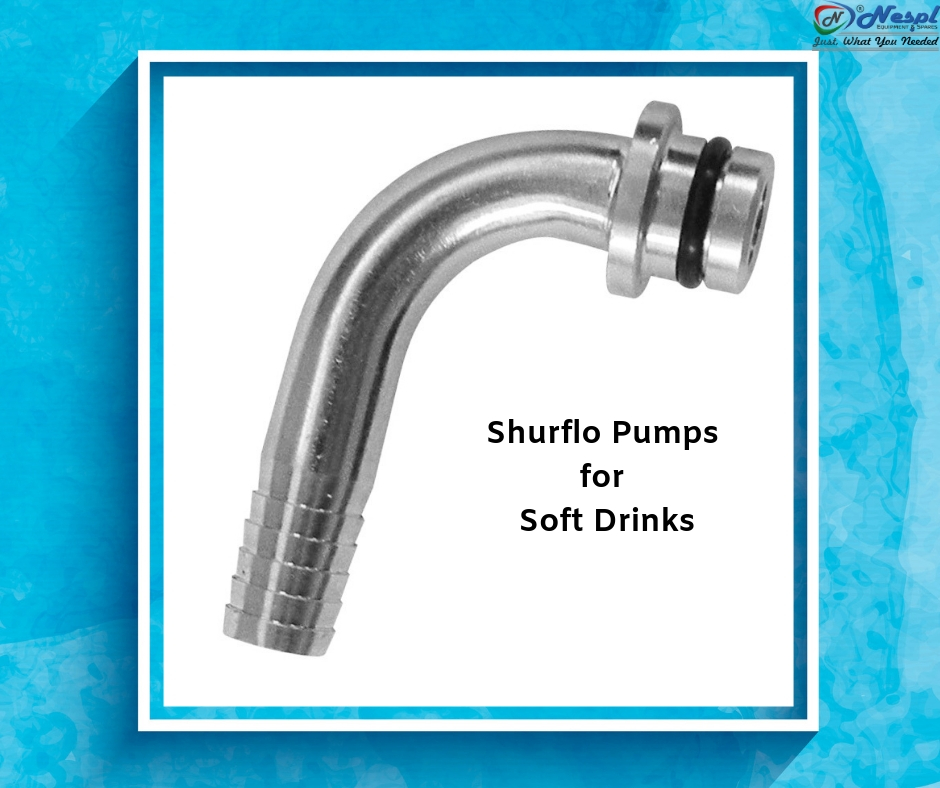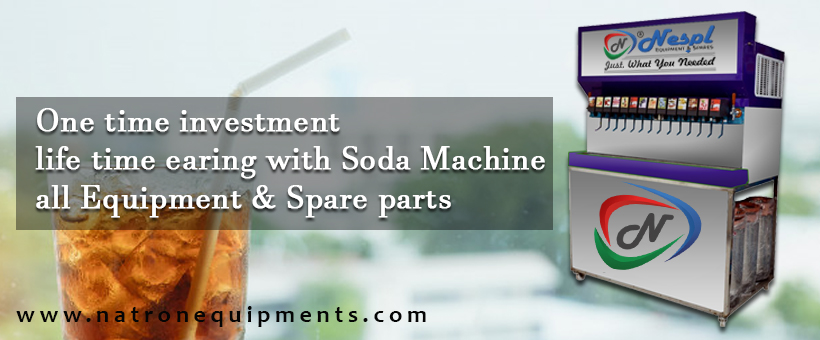Carbonated Drinks will always have carbonated water or soda water as their base. So, the process of keeping carbonated drinks fizzy with Bar Equipment Parts usually involves carbon dioxide under high pressure. On removing the pressure, the carbon dioxide gets released as small bubbles causing it fizzy. Hence, explore the properties of CO2 in your soda pop.
BONUS FIZZ KEEPER ACTIVITY
Here’s a great activity to explore the properties of air pressure (and it will keep the kids busy for hours!):
How Does It Work?
There are three factors that you should keep in mind while searching for the solution to the fizz factor dilemma:
Reactions with Carbon Dioxide

Carbon dioxide gas gets easily dissolved in water forming carbonic acid. This is what gives soda a tangy taste. The entire goal is to keep the molecules from escaping. Everyone knows that shaking a soda will make it explode because, in order to escape, the molecules should find some definite points, some unique meeting places at which they can gather and form bubbles which are big enough to push their way up and come out of the bottle. Scientists refer to such congregation sites as nuclei. Shaking a soda allows all to mix with air molecules that are already in the bottle. This creation of air bubbles are the best possible nuclei for further growth of bubbles. Carbon dioxide molecules latch onto the other air molecules, which are growing bigger. If you want to keep your soda from going flat, don’t shake it.
https://www.natronequipments.com/brand/shurflo-pentair.html
Pressure
At first appearance, this part of the complete equation makes the most sense. So we know that the higher the gas pressure accordingly above the liquid in the bottle, so the more gas will be pressed into the liquid. However, here’s the advice. Once you open the bottle, the vast majority of carbon dioxide molecules that were forced into the soda at the bottling plant come flying out. What about those gadgets called Fizz Keepers these are the pumps sold at the grocery store and are supposedly the re-pressurize the soda.
So How Do they work? When the piston is pumped up and down, you’re pumping plain old air that is mainly oxygen and nitrogen into the bottle. However, the escaping gas can be pushed back easily into the liquid only by forcing more molecules of that particular gas into space above the liquid. In fact, there isn’t one more molecule of carbon dioxide in the liquid after pumping the Fizz Keeper gadget than if you had simply screwed the cap on tight. The gadget is just a Good soda bottle cap. Yes, it gives you that satisfying opening sound like a whistle, but that’s all it does. So, in terms of pressure, there’s not much that can be done.
https://www.natronequipments.com/brand/taprite-aalberts-industries.html
Temperature – the most important factor
The secret of keeping your soda alive with plenty of reusable fizzes is to keep the soda cold, plain and simple. The higher the temperature is, the less the carbon dioxide molecules get dissolve. By the way, try letting the bottle of soda sit out in the sun before dropping in the breath mints and wait, it’s especially important to keep the bottle tightly sealed while it is out of the refrigerator because the higher temperature makes the gas want to leave the liquid. Pour yourself a glass of refreshing soda, properly cap the bottle, and put it right back in the fridge. Keep it old to keep to the fizz.

The carbonated drink is a refreshing beverage and a good alternative of sugary soft drinks. Keep the carbonated drinks fizzy with the branded Soda Machine Parts of NATRON – the leading platform of Restaurant Equipment Spare Parts in India.







